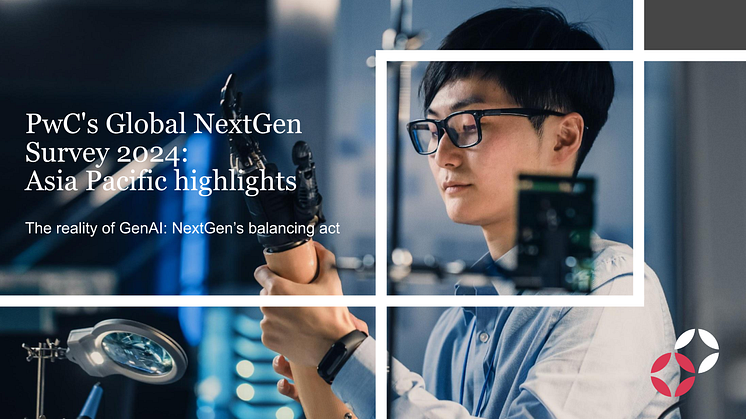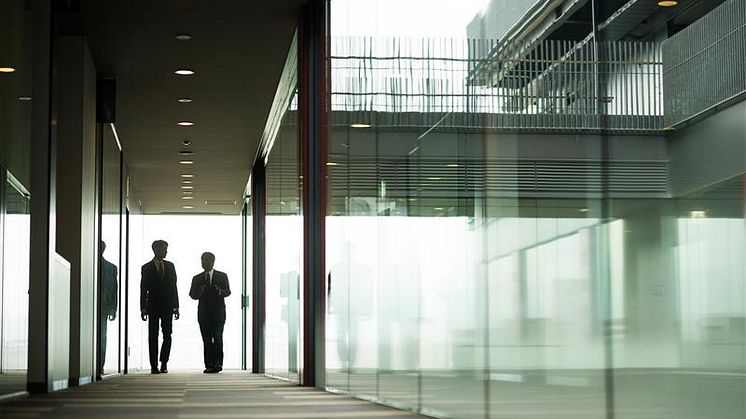GenAI holds promise for family business, but critical gaps remain: PwC’s Global NextGen Survey 2024 - Asia Pacific Highlights
73% of NextGen in Asia Pacific believe that generative AI (GenAI) is a powerful force for transformation, but many question the ability of their family business to capitalise on it Only 8% of family business in Asia Pacific have adopted GenAI, while 56% have yet to explore the technology A mere 9% of Asia Pacific family businesses have established protocols on the responsible use of emerging tec



